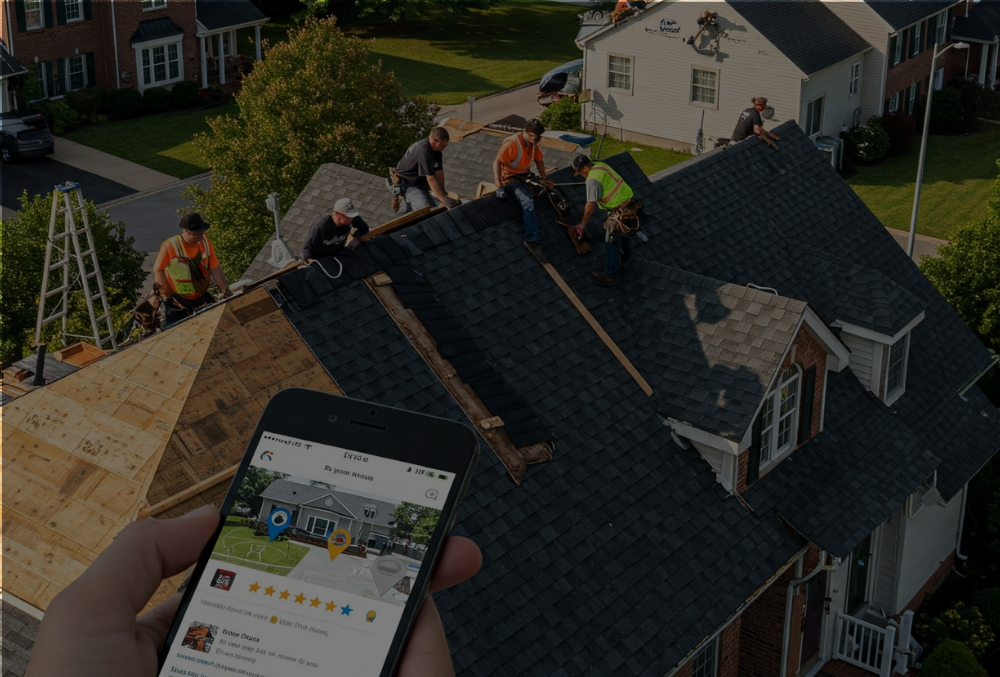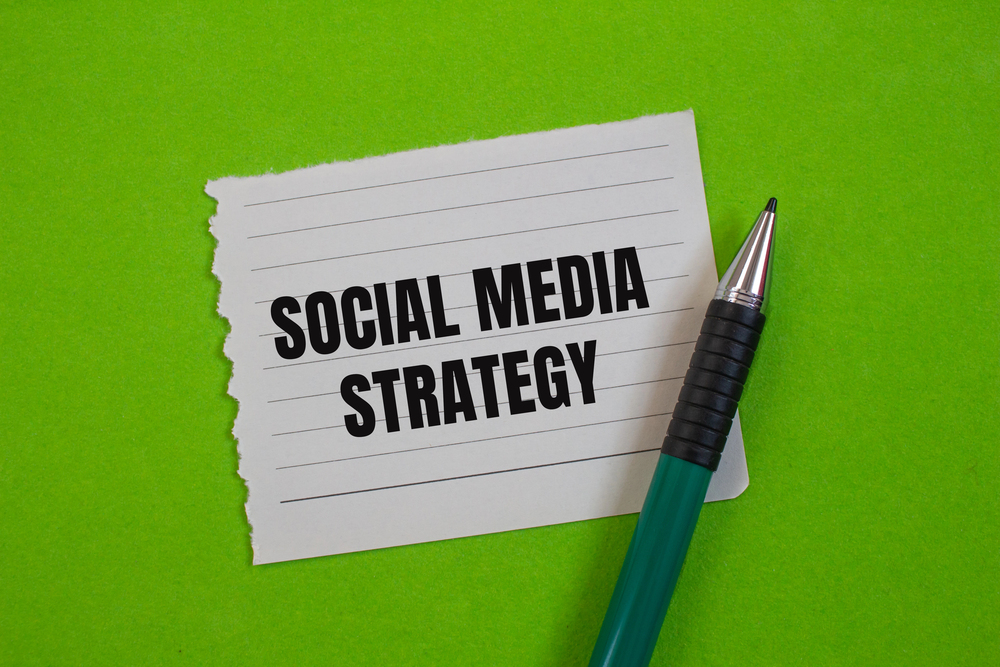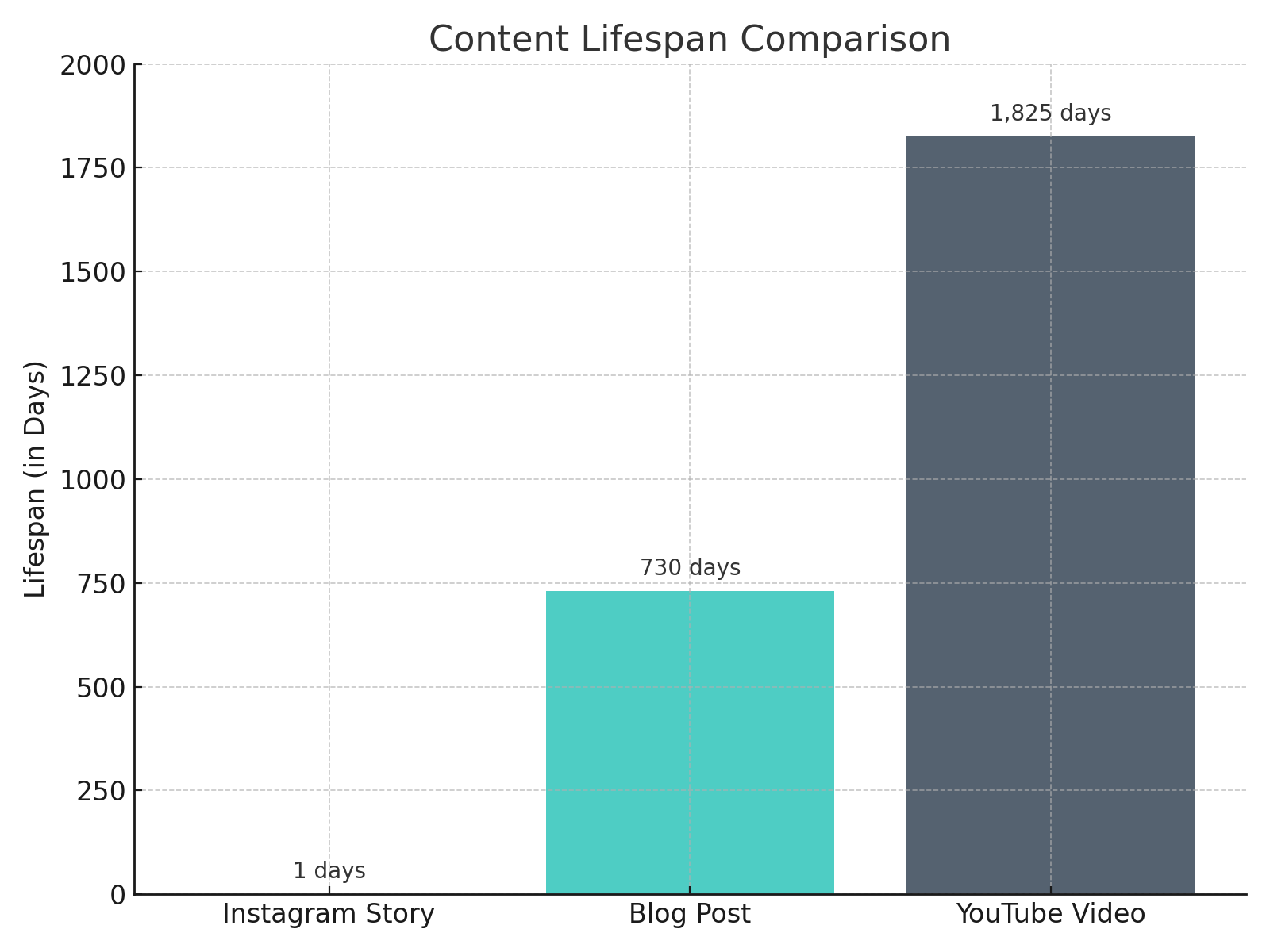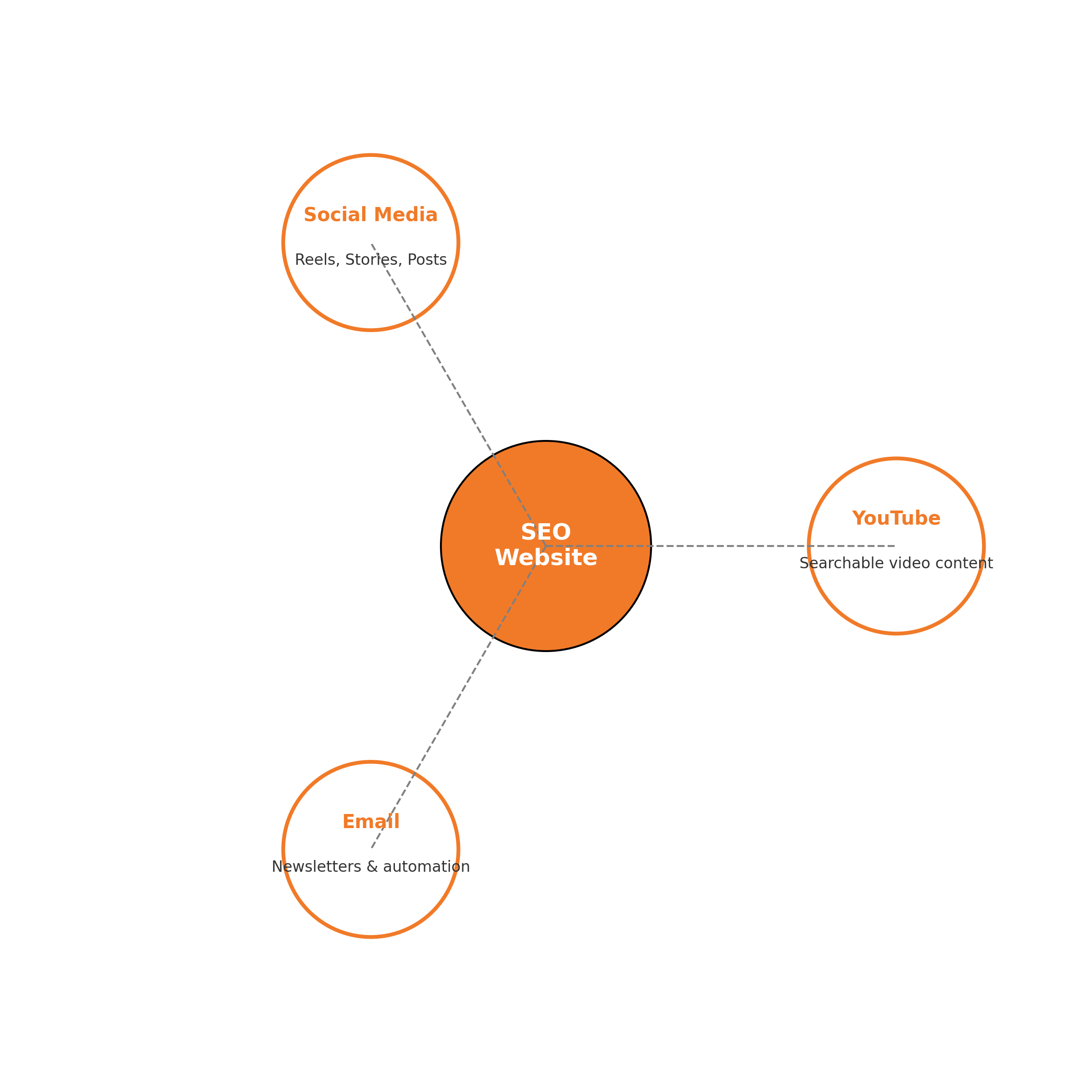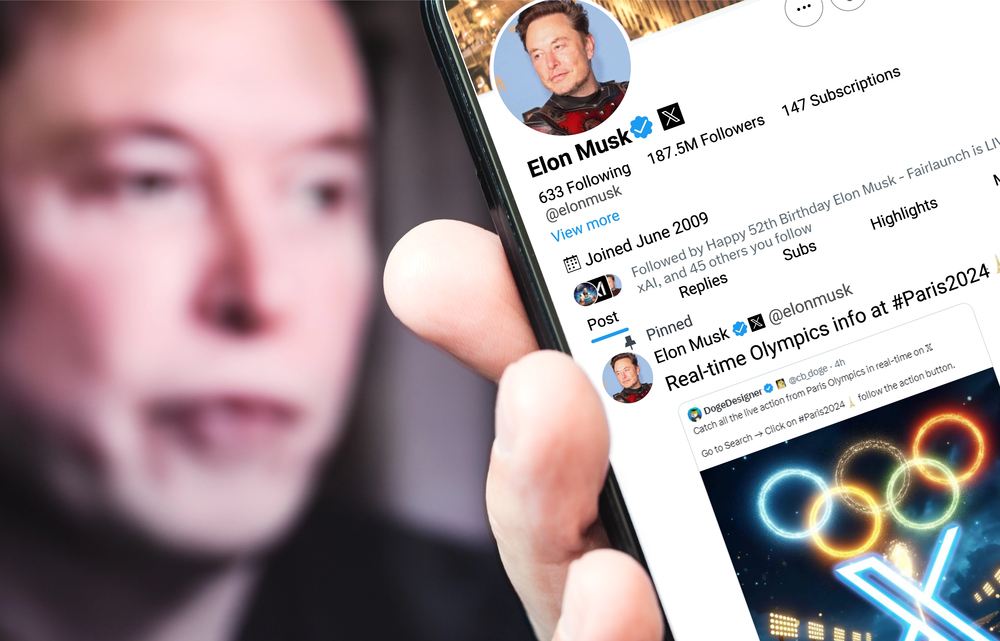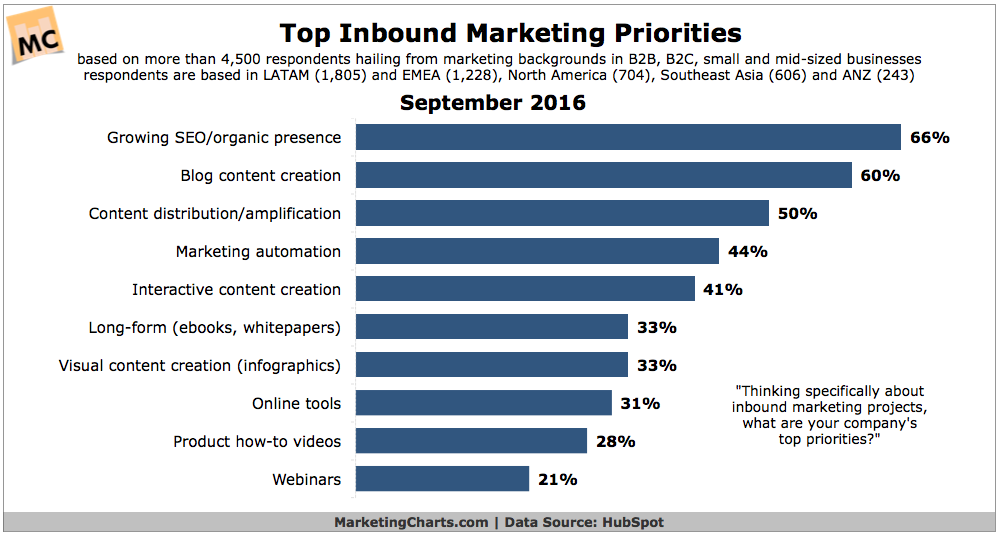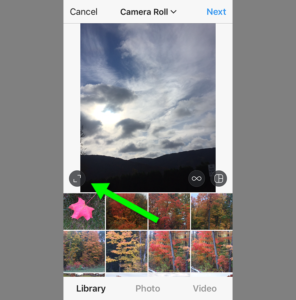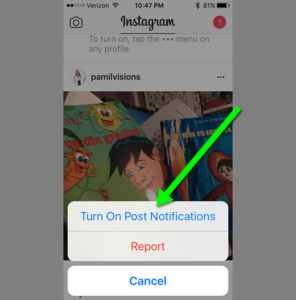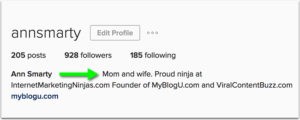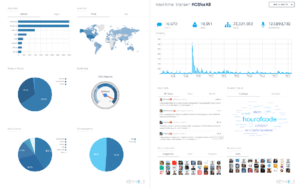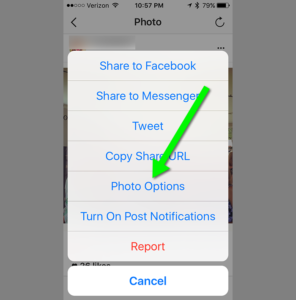With clear explanations, real-world examples, and zero fluff—built for contractors, not marketers.
Introduction: You’re Not Just Competing With Other Roofers—You’re Competing With Forgetting
Let’s be honest—South Jersey homeowners have a ton of options when they search “roof repair near me” or “roof replacement Marlton NJ.”
And even if you offer the best workmanship, warranties, or service in town, none of that matters if…
👉 they don’t remember your name when it’s time to call.
So how do you stand out online? Not just appear—but actually be remembered?
This guide walks you through exactly how to make your roofing company unforgettable online—using proven strategies you can understand and implement (even if you’ve never touched SEO in your life).
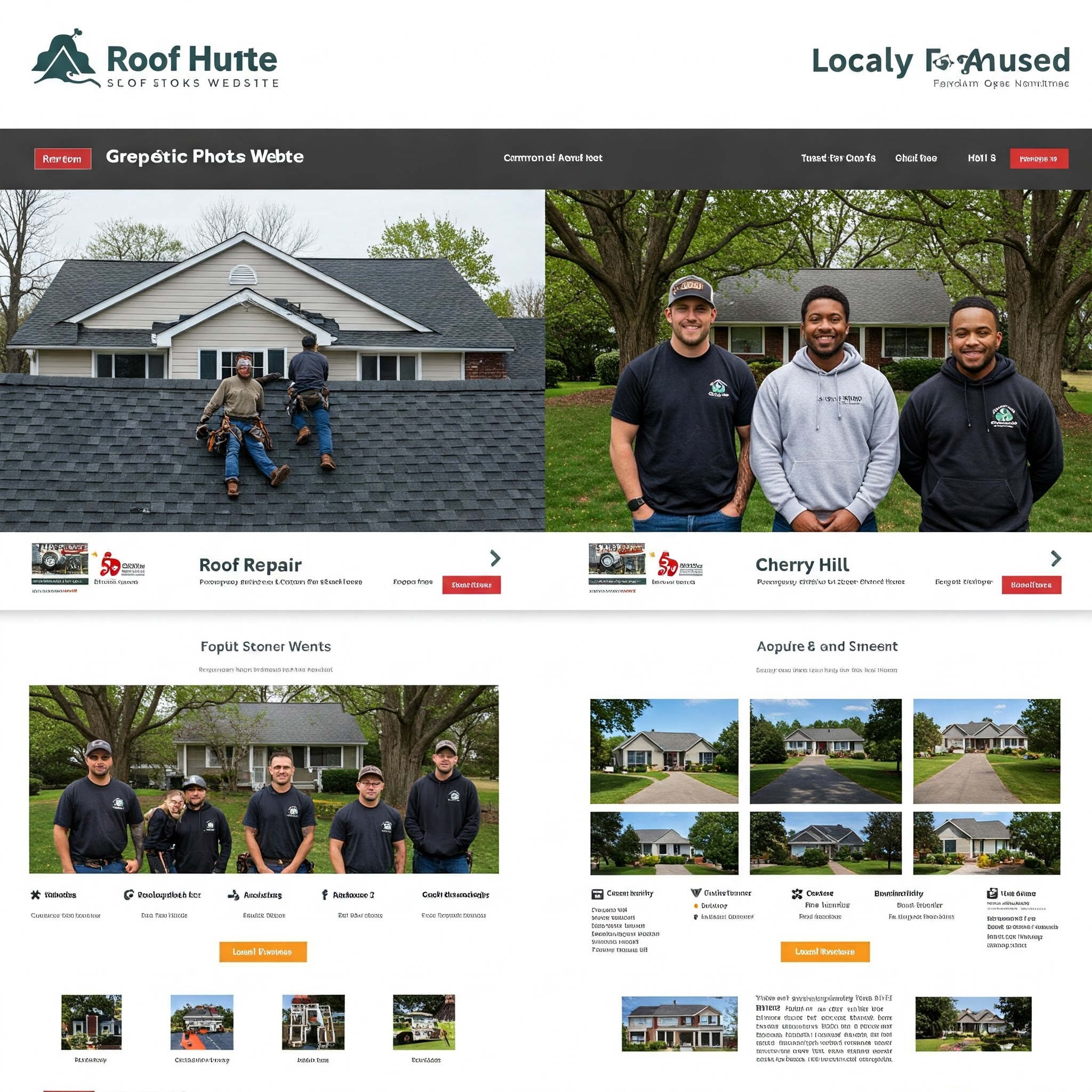
1. Build a Brand That Feels Local and Legit
Your “Look” Is Your First Impression
Your brand isn’t just your logo—it’s the feeling people get when they see your name online.
For example:
Let’s say a homeowner just had storm damage and searches Google for roofers in Cherry Hill. They click your website.
If they see a stock photo of a guy on a roof, generic colors, no license info, and nothing specific to South Jersey? They’re gone.
But if they see:
- Your actual crew on a job site in Marlton
- A clear headline like “Serving South Jersey Roofs Since 2010”
- Photos of local homes and reviews from nearby homeowners
…they’ll remember you—and more importantly, trust you.
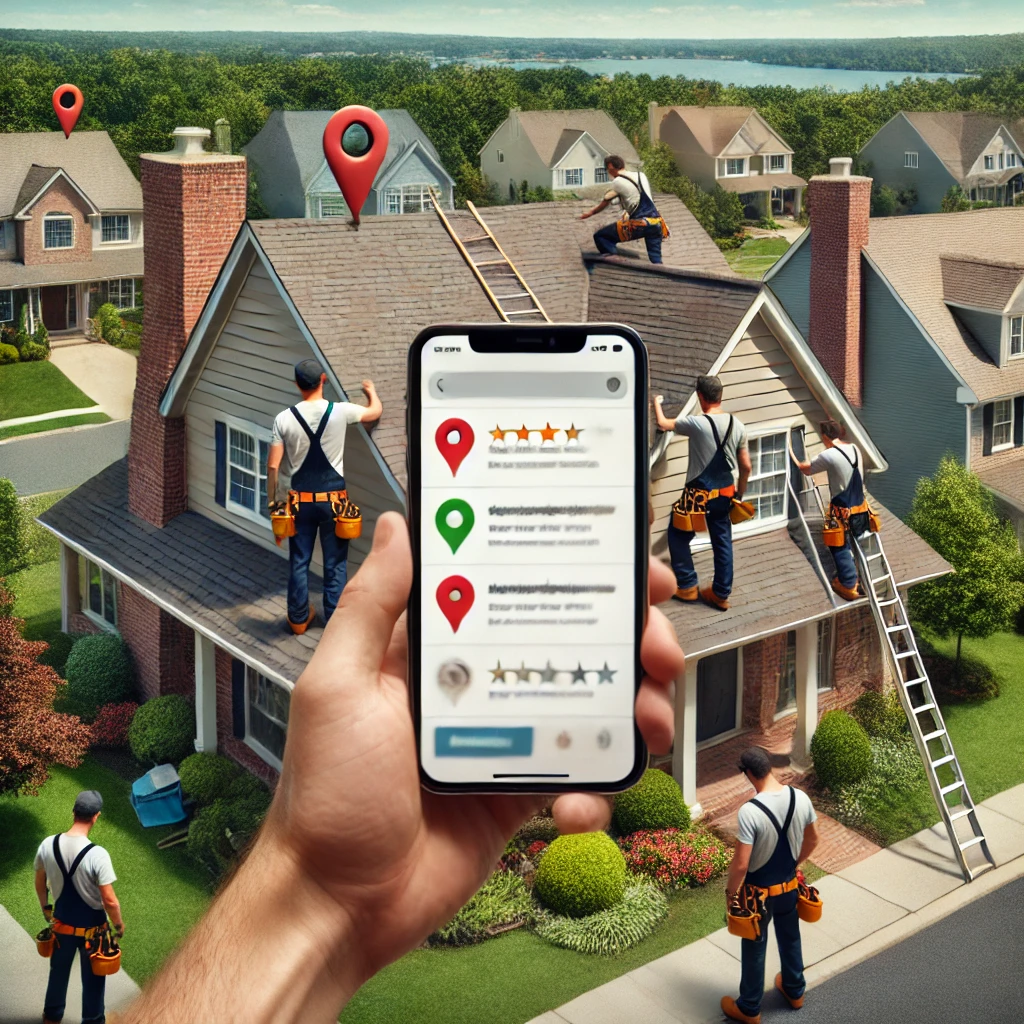
2. Optimize Your Website for Local Discovery and Conversions
Think Like Your Customer
Most of your visitors are on their phone, in a rush, and possibly under stress (like after a storm). They’re not comparing specs—they’re looking for someone they can call fast and trust quickly.
So your site should:
- Load fast (under 3 seconds)
- Be mobile-friendly (no tiny buttons or cut-off text)
- Tell people what to do next (call, request a quote, etc.)
Must-Have Features for Roofing Websites:
- Tap-to-call button at the top so people can call without scrolling
- Short quote request form: name, zip code, roofing issue
- Trust badges like your license, GAF certification, BBB rating
- Local photos of real work—bonus if it’s recognizable neighborhoods
- A clear list of towns you serve (not just “South Jersey”—list Marlton, Cherry Hill, Voorhees, etc.)
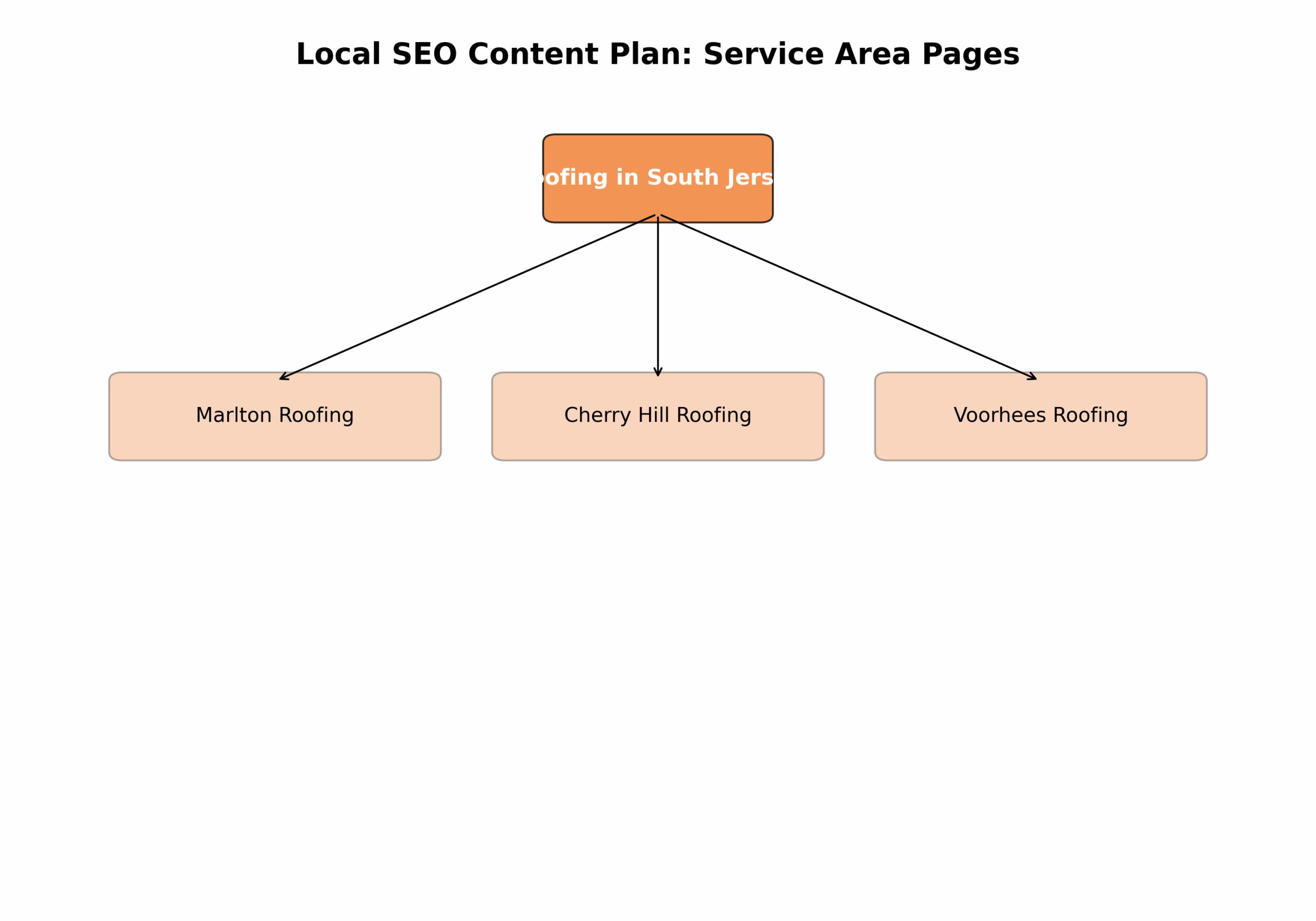
How Local SEO Helps You Get Found
When someone types “roof repair Cherry Hill” into Google, the sites that show up first are the ones that:
- Use that exact phrase in their page title and content
- Mention Cherry Hill on the page and in headings
- Have other local pages (like “Roofing in Mount Laurel”)
🧰 Pro Tip: Create a dedicated page for each service area you want to rank in—even if the service is the same.
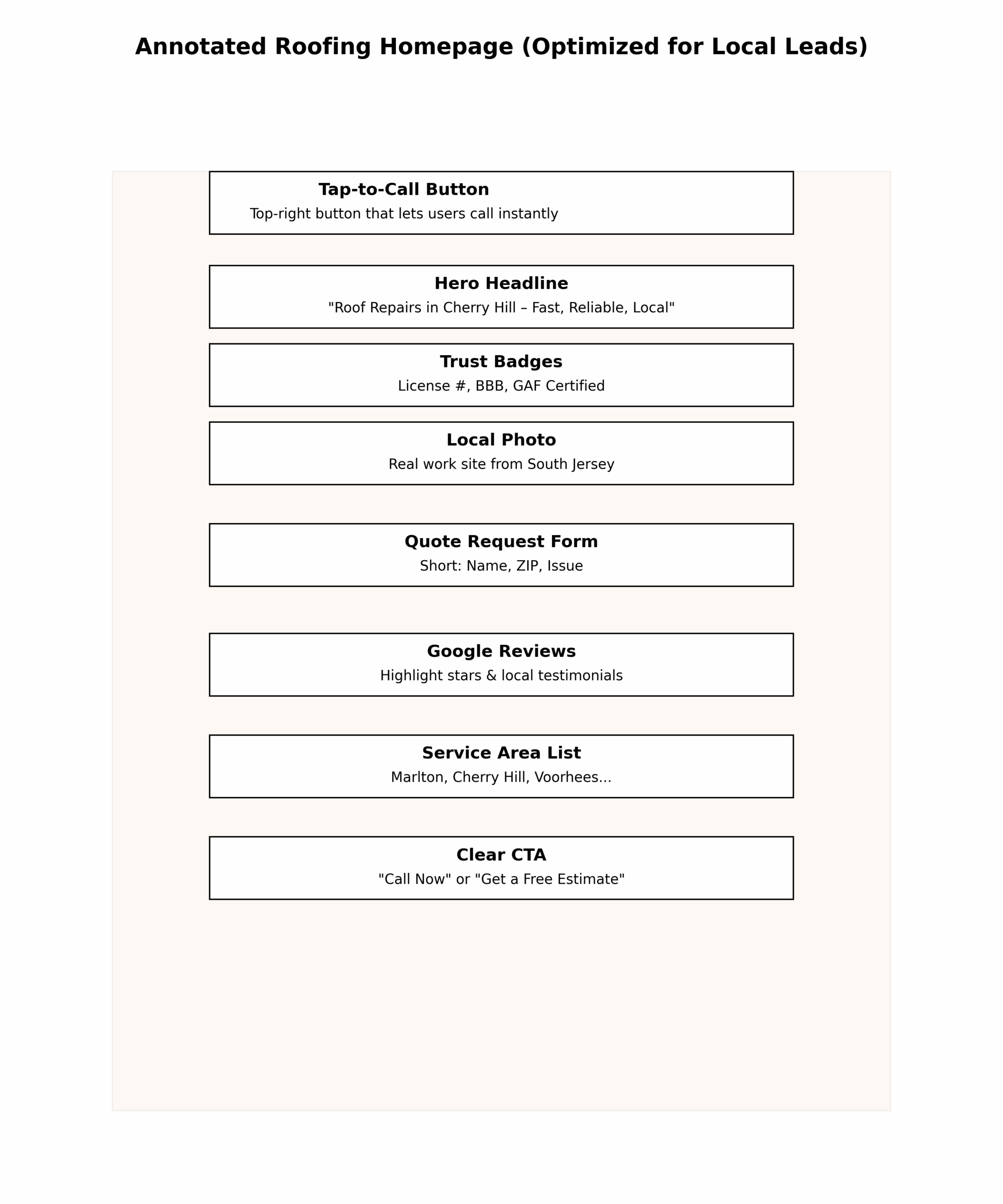
3. Use Content That Educates and Builds Trust
Blogging Helps You Show Up (and Stand Out)
You might think blogging is for influencers or tech nerds—but that’s not true anymore.
Homeowners Google questions before they ever call you. Answering them earns trust and boosts your search rankings.
Here’s how it works:
Let’s say someone types:
“What should I do after storm damage to my roof?”
If you’ve written a post titled “What to Do After Storm Damage in South Jersey”, you have a shot at being the first thing they see—and the only roofer they call.
Blog Topic Ideas That Get Calls:
- “How Much Does Roof Replacement Cost in Marlton?”
- “3 Signs You Need Roof Repairs Before Winter”
- “How Insurance Works for Storm Damage Roof Claims in NJ”
Don’t Forget FAQs
Create a simple FAQ page that answers things like:
- “Do I need a permit for roof work in New Jersey?”
- “How long does a roof replacement take?”
- “Will insurance cover my storm damage?”
These help Google understand your expertise and help customers feel confident before they ever pick up the phone.
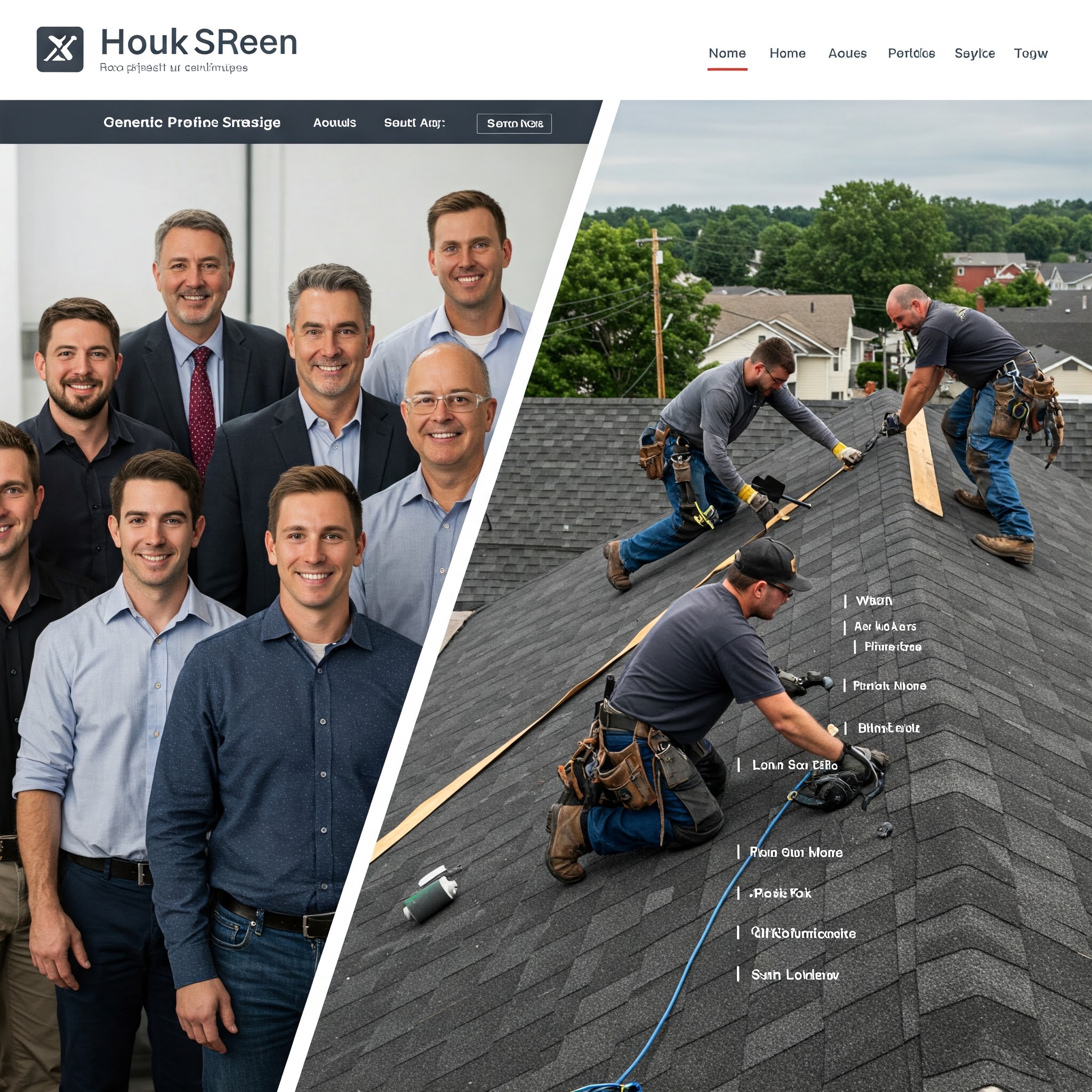
4. Get Found Where Homeowners Are Actually Searching
Your Google Business Profile (GBP) Is a Game-Changer
Think of this like your digital storefront. It shows up on Google Maps and in the sidebar when people search for roofers.
If you haven’t touched your profile lately—or worse, haven’t claimed it—you’re invisible to a massive chunk of local traffic.
How to Optimize It:
- Add real job site photos
- List every town and service you offer
- Ask customers to leave a Google review
- Post project updates every week (yes, really)
Why You Want to Rank in the Local “Map Pack”
That top 3-pack of listings that shows up on Google Maps? That’s where 40% of clicks go. If you’re not there, you’re losing jobs to roofers who are.
To get there:
- Use your city names on your site and GBP
- Add local schema markup (we can help with that)
- Get listed on directories like Yelp, Angi, and Nextdoor
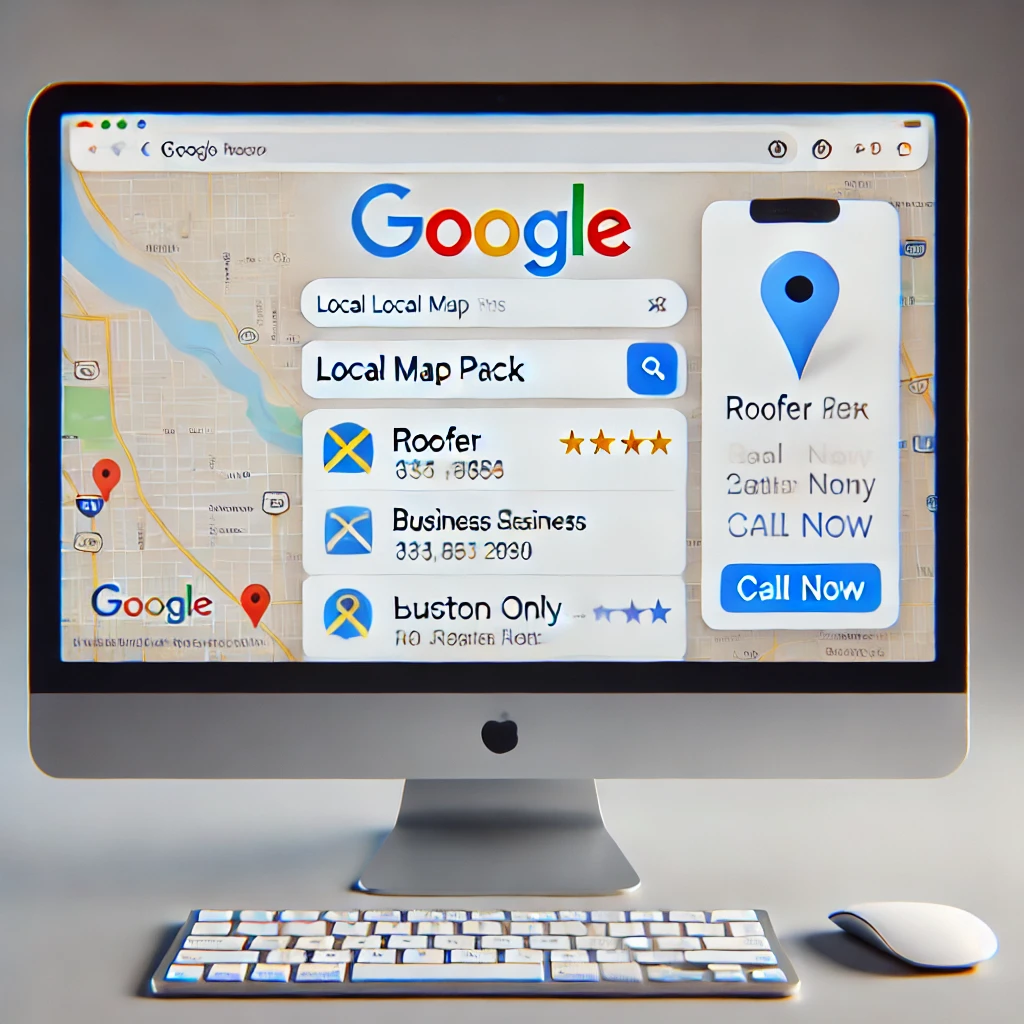
5. Make Your Reputation Visible Everywhere
Reviews Build Trust Before You Even Talk to Someone
Most homeowners check reviews before calling. If you don’t have any—or haven’t asked in a while—you’re leaving business on the table.
How to Get More Reviews (Without Being Pushy)
- Text customers the link with a thank-you message
- Add the review link to your email signature
- Offer a chance to win a small gift card each month to reviewers
- Respond to every review—especially the good ones
Where to Show Reviews:
- Homepage (with name and town if possible)
- Instagram and Facebook
- In your email follow-ups
- In quotes or estimates (“Don’t take our word for it… here’s what Michelle from Medford said!”)

6. Use Social Media to Stay Top of Mind (Not Go Viral)
Think Visibility, Not Virality
You don’t need to dance on TikTok to win business. You just need to remind people you exist, and that you do great work.
Post a few times a week to:
- Show before/after photos from recent jobs
- Highlight your crew doing quality work
- Share customer testimonials
- Offer quick homeowner tips (“3 ways to spot roof damage after a storm”)
Use Local Hashtags and Tags Like:
- #SouthJerseyRoofing
- #CherryHillContractor
- #MarltonNJ
- Tag locations in Facebook and Instagram posts
7. Work With a Marketing Partner Who Gets South Jersey Roofers
At Digital Marketing Group, we specialize in helping local roofers:
- Show up on Google
- Rank in the map pack
- Collect more reviews
- Turn website visits into phone calls
- Build a brand that sticks
We’re based in Marlton, NJ—so we know your neighborhoods, your competitors, and your customers.
Conclusion: Want to Be the Roofer South Jersey Calls First?
Your next 10 jobs won’t come from another lawn sign.
They’ll come from Google searches, referrals, and what people see about you online.
- Be memorable
- Show up locally
- Build trust before the call
- Make it easy to choose you
📞 Let’s make your roofing business unforgettable.
Schedule a free local SEO audit with DMG today.
FAQs
- Q: What’s the fastest way to get more roofing leads online?
- Start with optimizing your Google Business Profile and collecting more reviews. It’s free and powerful.
- Q: I’ve never blogged—where do I start?
- Write about the questions your customers ask you. Use simple language and mention your service area.
- Q: Can I compete with big national companies?
- Yes—especially in local search. Local trust, reviews, and real photos often beat national chains.
